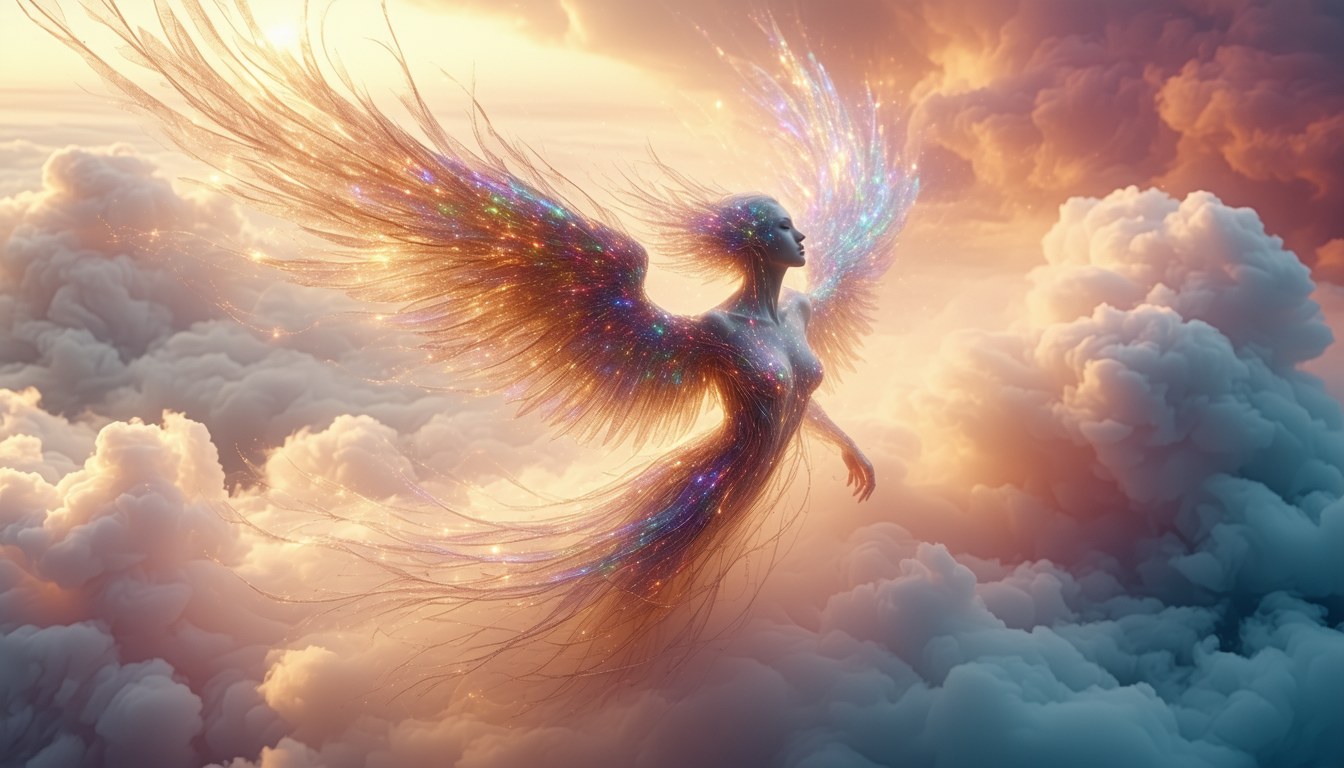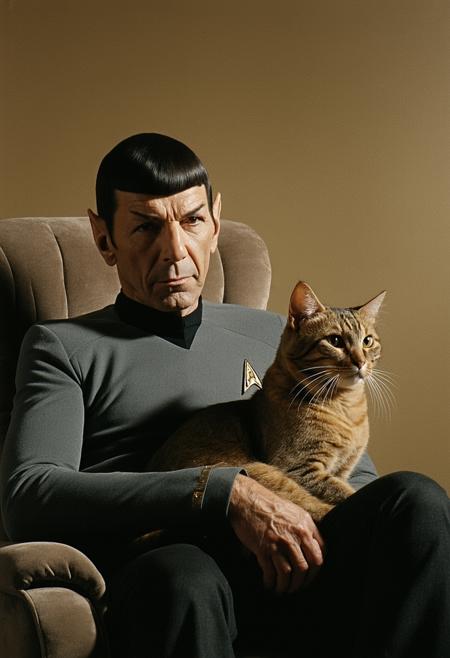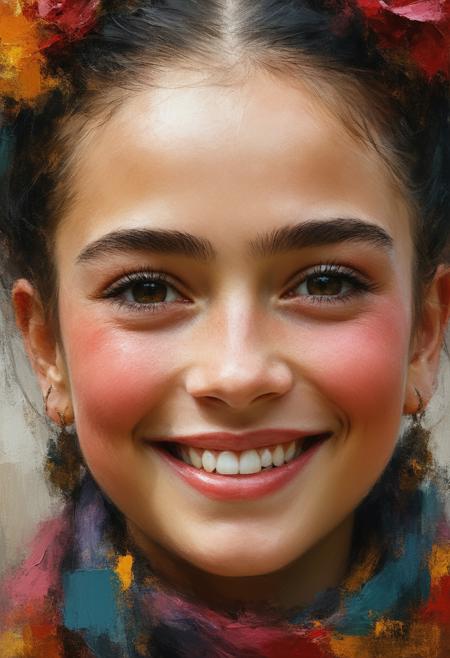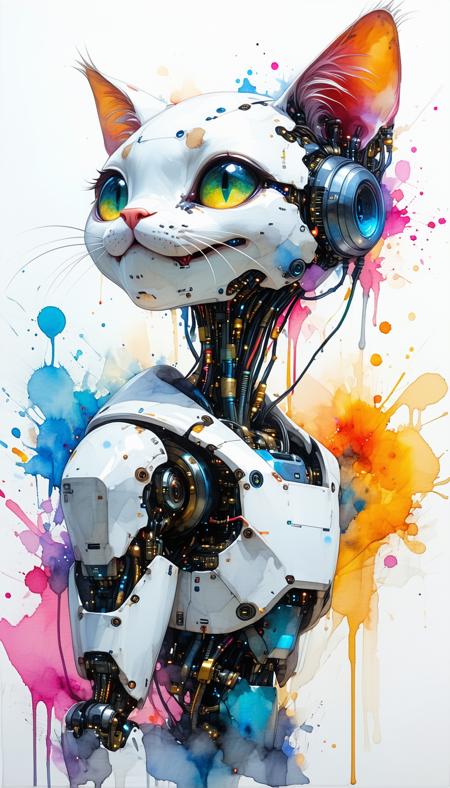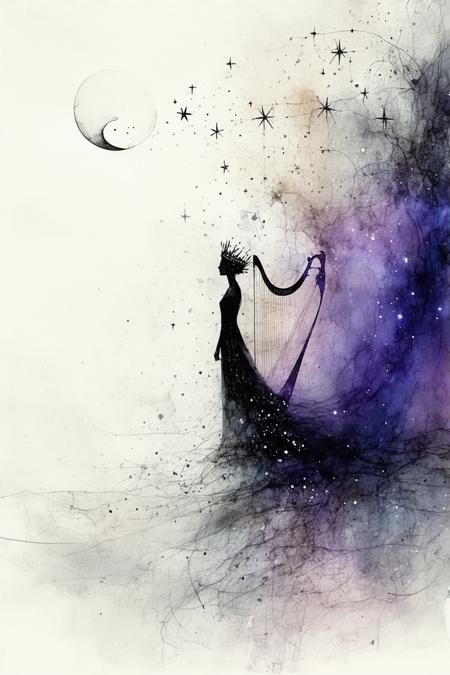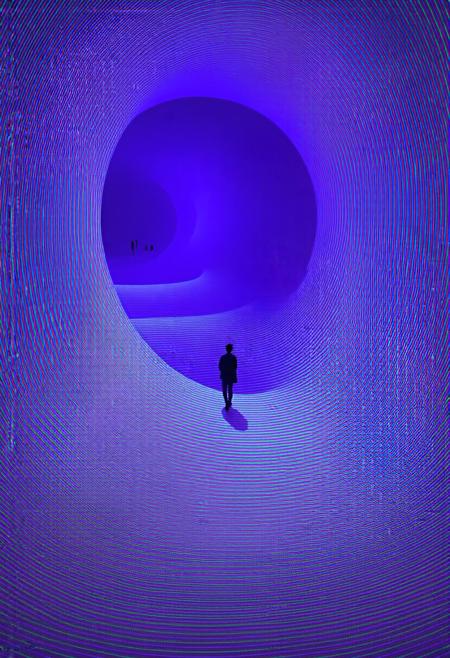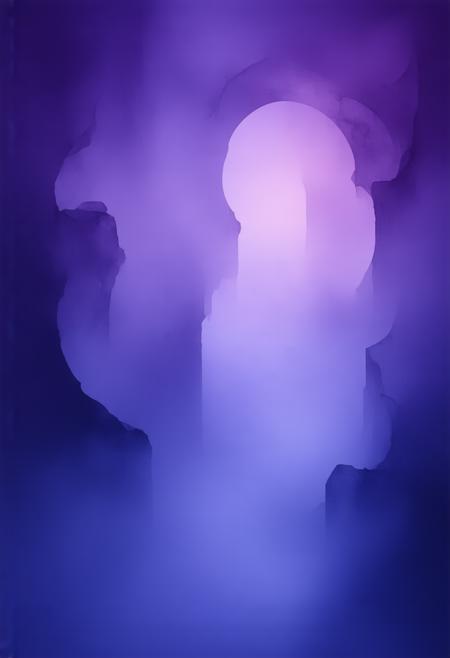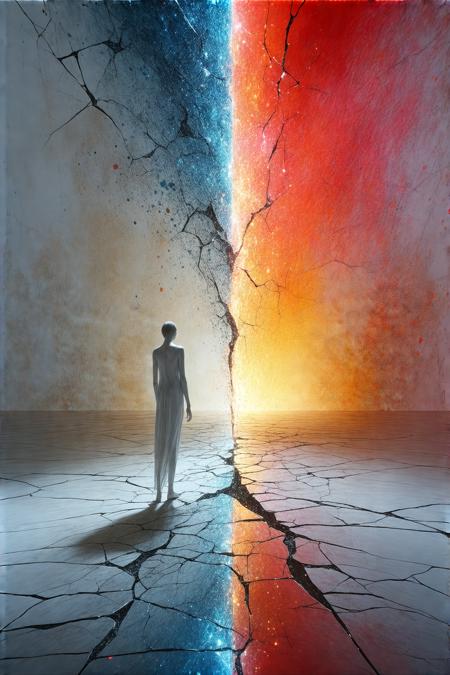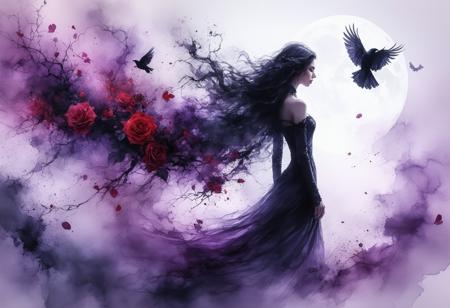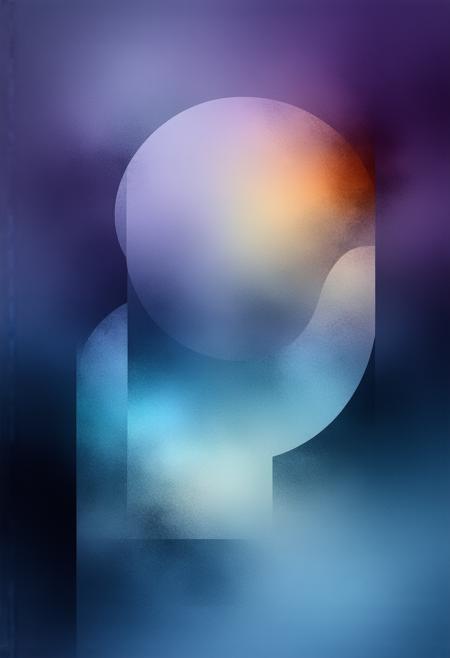A mesmerizing transformation sequence capturing a human figure mid- metamorphosis into an avian form, with iridescent feathers emerging from translucent skin, set against a swirling backdrop of dawn- kissed clouds. Intricate anatomical details reveal the precise moment of change, with graceful wing structures unfurling from elongating arms and delicate avian features emerging from human facial structure. The scene pulses with vibrant, joyful colors- rich golds, ethereal blues, and warm purples- while dramatic rim lighting emphasizes the magical transformation. The composition draws inspiration from the flowing, organic style of James Jean, the fairy- tale mysticism of Kay Nielsen, and the dramatic anatomical precision of Boris Vallejo
